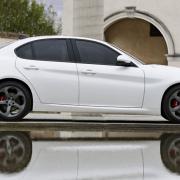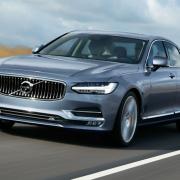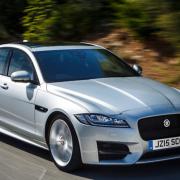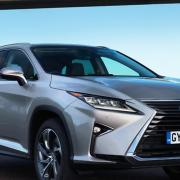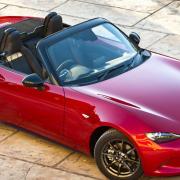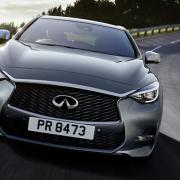Honda’s 3G supermini/MPV has a sharp new style underpinned by even more space, ‘magic seats’ and new engine tech
Honda has a third-generation Jazz – a new variation on its popular supermini-cum- people-carrier theme.
And while the car’s styling has the same one-box tempo, there’s a sharp new note delivered by an upswept side crease and futuristic nose.
It gives this versatile car much-needed attitude to shatter its image as a favourite with empty-nesters, and even older buyers.
Indeed, the Jazz should always have been a young family favourite thanks to legendary reliability and its ability to cram masses into modest on-road dimensions.
It also has the added bonus of lift-up ‘Magic Seats’ in the rear; a Honda speciality that allows bulky items to be loaded crossways via the rear doors. When the seats are down, space beneath can also be used for stowage.
Crucially, the new car is just a fraction bigger outside than the outgoing 2008-vintage car, yet has a 30mm longer wheelbase; this might not sound much, but it’s a lot in this sector and particularly on a car that already scored well for cabin space.
And Honda claims it is now the class leader for load carrying with a 354-litre boot, convertible to 884 litres in ‘van mode’ with rear seats down, and multiple configurations in between depending on how those seats are arranged.
It looks like Honda will also offer more powertrain choice this time, belated recognition perhaps that downsizing is gathering pace and the roomy Jazz can only benefit.
The mainstay is likely to be an all-new 1.3-litre petrol unit with which the car has been launched; using the Japanese marque’s ‘Earth Dreams’ technologies, it offers a lively 102PS (100bhp) of power with high economy and low emissions.
The new Jazz will also follow its predecessor by gaining a petrol-electric hybrid version and shunning any diesel option, and there is speculation that it might emulate an increasing number of other small cars with turbocharged three-cylinder 1.0-litre petrol power.
‘Three-pot’ units are ideal at this end of the market, delivering good power to weight with economy, but their inherent coarseness can be a real deterrent in cars small enough to feel every vibration.
However, some manufacturers have softened the problem and you wouldn’t bet against Honda – one of the best for engine technology – failing to match or surpass them.
If, on top of all this, Honda can get the ride and handling better tuned this time around, this really could be the Jazz age.
Honda Jazz
Price: from £11,700
Driving appeal: **** (predicted)
Image: ****
Space: ****
Value: ****
Running costs: *****
Reliability: *****
How green?: *****
Best rival: Nissan Note
News in brief
New leap for Jaguar XF
Hard on the heels of launching its advanced all-new XE model, Jaguar will follow up soon with an all-new version of the bigger XF, priced from £32,300. The XF – credited with starting the British brand’s revival – uses weight-saving and engine technology from the XE, allowing the 160bhp 2.0-litre diesel to offer £20/year road tax through low CO2 emissions, plus 71.7mpg (combined).
Peugeot takes the GT Line
Upwardly mobile Peugeot has launched a racy new ‘GT Line’ specification, available on the revised 208 supermini, 308 family hatch and estate (pictured), 508 family range, and sleek RCZ coupe. Inspired by the French marque’s famous GTi models, GT Line models typically stand apart with larger wheels, twin exhausts, a battery of LED lights and ‘GT Line’ badging on the bodywork.
Lexus revives petrol option
After concentrating on hybrids, Lexus is offering petrol power again via a hi-tech lightweight 2.0-litre turbocharged unit, with high output and creditable economy.
Already deployed on the striking new NX mid-size SUV, Toyota’s luxury arm will soon offer it on the bigger RX, to be followed by a petrol V6 and a new hybrid powertrain, also using the latter unit.




